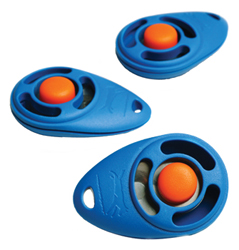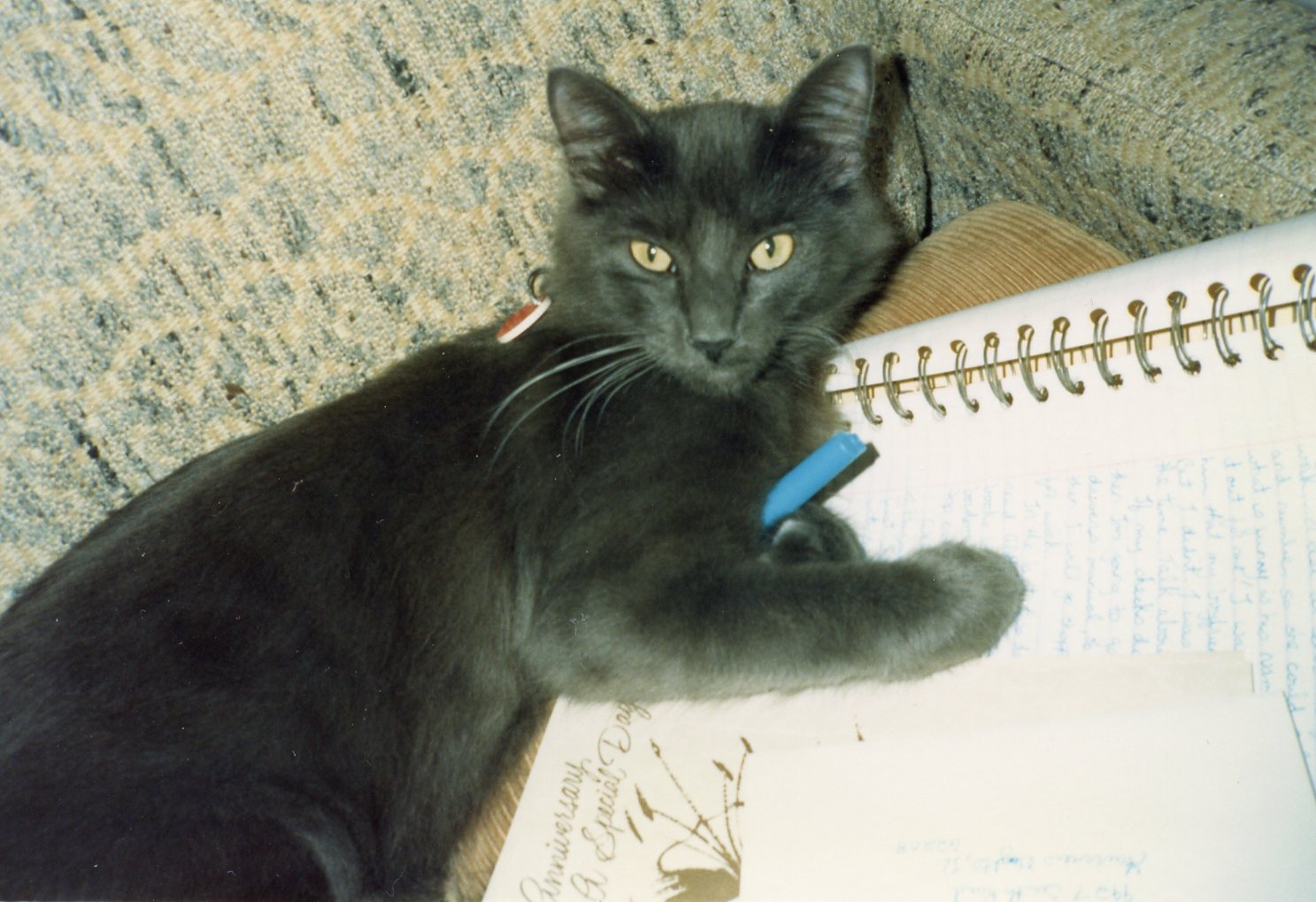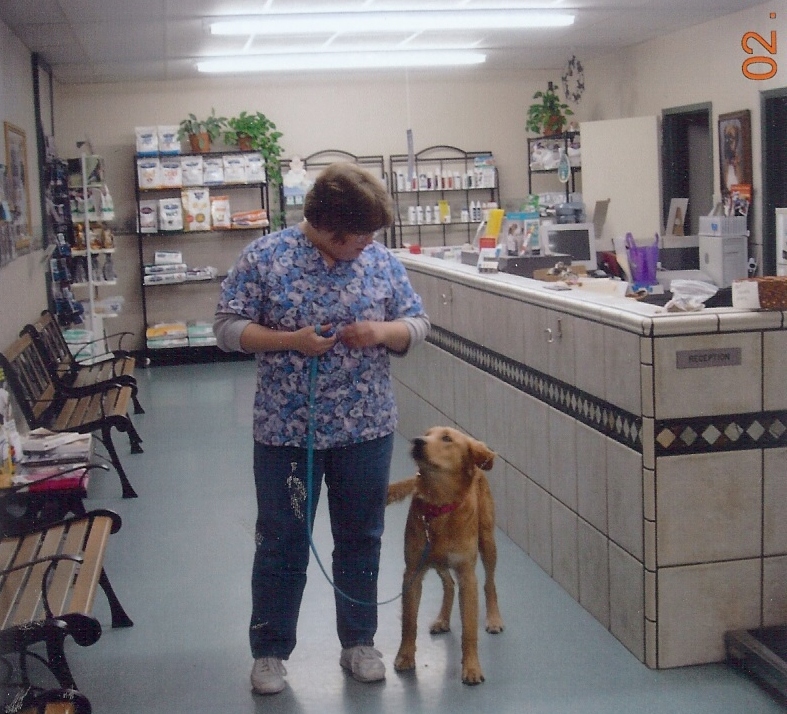Fear of thunderstorms is a common problem among dogs and manifests in varying degrees of severity. Some dogs exhibit only mild signs of agitation, whereas others display severe signs of anxiety, panic, and escape behaviors. In severe cases, the dog may cause significant destruction to property and injury to itself while trying to get into or out of the house or other areas of confinement.
Treating fear of storms can be challenging, as there are many aspects of the storm that may be triggering anxiety in your dog. These include rain, thunder, lightening, and changes in barometric pressure. The significance of each of these and other factors can vary greatly from one dog to another.
It is important that you not attempt to comfort or console your dog during storms, even though it is a natural human reaction to want to do so. This interaction actually will serve to reinforce your dog's fear and anxiety, thereby making the problem worse. It is best to ignore the animal when it displays these anxious behaviors.
For some dogs, especially those with more mild symptoms, steps to modify the environment may be sufficient to manage the symptoms or lower the intensity to a tolerable level. Providing the dog with access to a "safe" area, such as a bed, closet, or crate, may help. In addition, limiting the animal's exposure to outside stimuli can be helpful for some dogs. Keeping the dog in a room with no windows, or covering any windows present, may reduce the reaction to lightening and other light changes. Radio, television, or some other noise-producing device can be used to mask the sound of thunder.
When environmental control is not sufficient, successful treatment depends upon the ability to recreate those factors that cause the fear so that a desensitization program can lessen the dog's anxiety about them. Not all stimuli can be effectively recreated, and some dogs do not respond to mock set-ups. Many dogs cannot be completely cured of this problem, but in most, the anxiety can be reduced enough to allow the dog to cope in an effective manner.
Identify the stimuli that trigger the first sign and most severe signs of anxiety in your dog. These will be the ones that you attempt to duplicate. Sounds of rain and thunder usually can be recreated by audio or videotape. Taping a real storm is frequently more effective than buying a commercial version of a thunderstorm, as evidence suggests there can be significant differences in the qualities of storms in various regions.
Lightening can be simulated with strobe lights or other flashing devices. Test these simulations on your dog to determine if it will show anxiety to these stimuli. Even if the dog does not react with the same intensity as to a real storm, behavior modification may still lessen the anxiety enough to result in significant improvement in the problem.
Desensitization/Counterconditioning
Desensitization involves exposing your dog to gradually increasing levels of the stimulus in a manner that does not trigger apprehension or distress, and counterconditioning involves rewarding the dog for remaining calm or engaging in some other behavior that is incompatible with anxiety. It is best to only desensitize the dog to one stimulus at a time, usually beginning with the sound of thunder.
In the initial step, the recording should be played at a volume low enough that the dog does not show signs of anxiety. Reward the dog with a food treat or a favorite game during this time. Gradually increase the volume of the recording a small amount and reward the dog again if it remains calm. This process can be repeated three or four times during each training session. Over many sessions, the volume is increased until the dog can tolerate it at a very loud level (a level that previously triggered signs of anxiety). It is important to proceed slowly with this process, so that the dog truly learns to accept the noise at each volume before proceeding to the next.
The volume should be raised in small enough increments that the dog does not show anxiety. If the dog does react with anxiety, reduce the volume and continue for a while longer at a lower, non-stressful level. After several repetitions at this accepted volume, you can attempt to gradually raise the volume again.
During the time the dog is undergoing this modification process, any exposure to a real storm will cause the dog to relapse. Exposure to uncontrolled stimuli will almost invariably set back your training progress. It often is better to wait until storm season is over before beginning the desensitization steps. Management steps can be implemented at any time.
Treatment with anti-anxiety medication may be beneficial and complementary to the behavior modification process. Your veterinarian will need to prescribe these if it's deemed necessary.
Thunderstorm and other noise phobias take time to change. Medication will not cure the problem, but may help lessen symptoms during the modification process. If the phobia is severe, you will be referred to your veterinarian or possibly to a veterinary behavorist like Dr. Haug so that medications can be incorporated into treatment.
I would love to help you with your pet's training needs. Check out our classes!
Thank you,
Judy Seils












Shouldn't Your Pet Have Pawfect Manners?
You can have a well-behaved pet, let me show you how.
Schedule Your Class!(281) 440-6818
judy.pawfectmanners@gmail.com